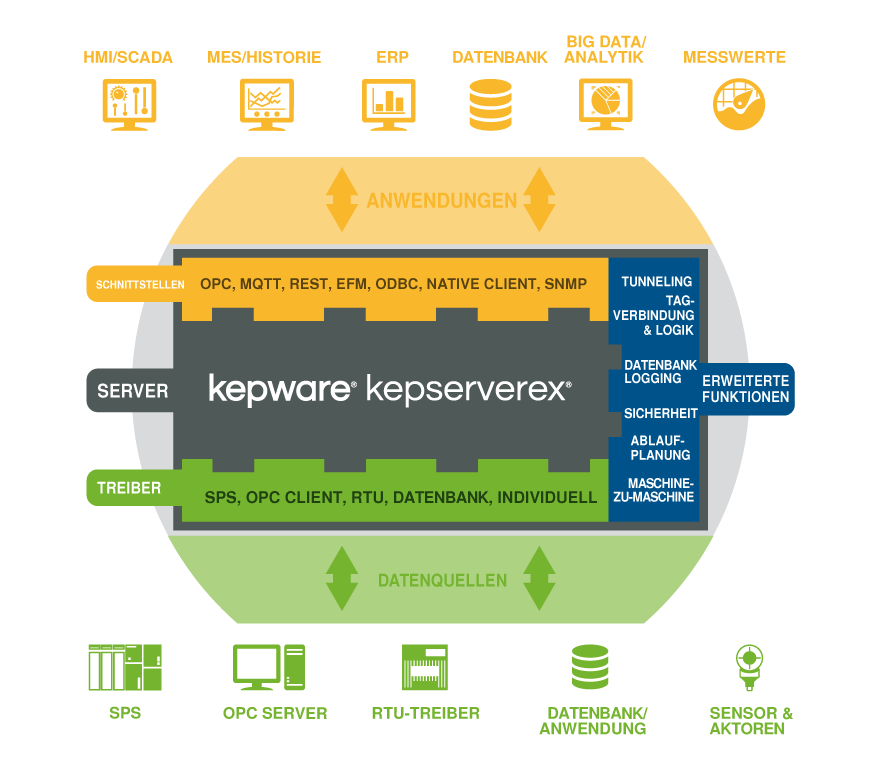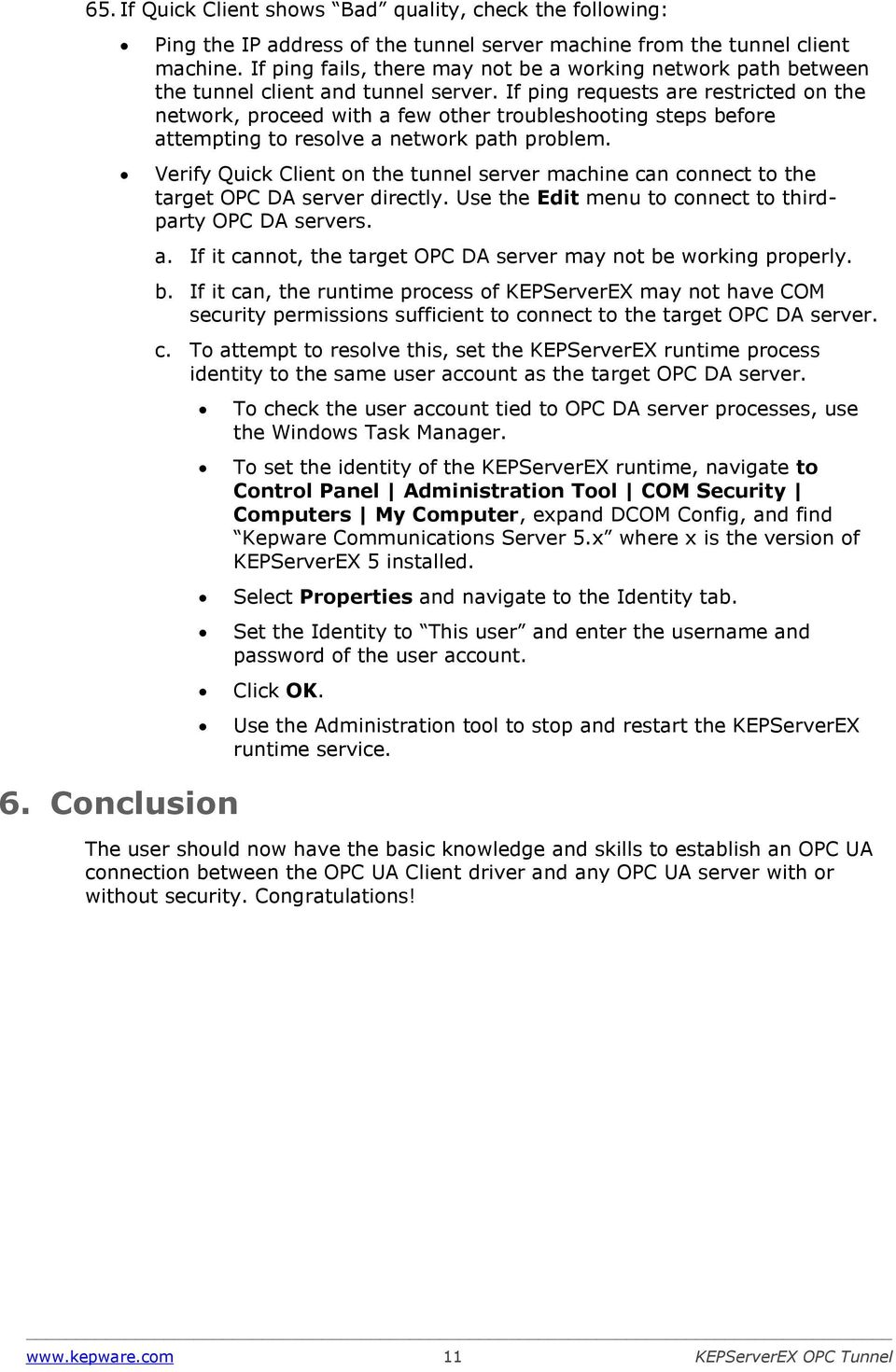
uaclient (connect to server and start python shell). uasubscribe (subscribe to a node and print datachange events). uadiscover (find_servers, get_endpoints and find_servers_on_network calls). Some documentation is available on ReadTheDocs.Ī set of command line tools also available: Python 2.7 or pypy < 3: you also need to install enum34, trollius ( asyncio), and futures ( concurrent.futures),. Python > 3.4: cryptography, dateutil, lxml and pytz. With pip (note: the package was ealier called freeopcua)Īpt install python-opcua-tools # Command-line tools Most low level code is autogenerated from xml specification, thus adding missing functionality to client or server is often trivial.Ĭoverage.py reports a test coverage of over 95 % of code, most of non-tested code is autogenerated code that is not used yet. It is easy to mix high level objects and low level UA calls in one application. API offers both a low level interface to send and receive all UA defined structures and high level classes allowing to write a server or a client in a few lines. OPC UA binary protocol implementation is quasi complete and has been tested against many different OPC UA stacks. It is also a good timing to remove all Python2 code 
Why asyncio? because it makes code easier to read and safer(read: less chances for bugs) and since python is monoprocess it might even be faster.


PR to fix bugs to python-opcua are welcome, but if you want to write new fancy features or architectural changes, please look at opcua-asyncio Please switch to : opcua-asyncio which also has a sync-wrapper, with very few changes in API** Pure Python OPC UA / IEC 62541 Client and Server Python 2, 3 and pypy.







 0 kommentar(er)
0 kommentar(er)
